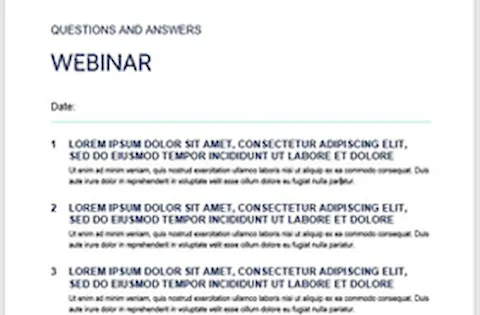Learn how to user Nauticus Machinery to design robust shafts and shafting components for ice-class vessels
Ice-class vessels have become a popular topic in the ship industry over the past years. Factors contributing to this increase include the Northern Sea-route, an abundant resource base in the Arctic area, and the enforcement of IMO EEDI requirements.
When designing a propulsion system for ice-class vessels, the handling of ice impact on the propeller is often the most critical and time-consuming challenge. The deviation of relevant ice-class rules and their updates add to the complexity. Engineers working such projects are required not only to dive deep into the ice-class rules but also to have solid competence on the torsional vibration and simulation domain.
Watch this webinar video to see how we demonstrate the use of Nauticus Machinery's complete set of functionalities to overcome those challenges - from ice impacting simulation to the ice strength analysis on the shafting components according to the latest ice-class rules.
Agenda
- Introduction to Nauticus Machinery
- Ice-class strength requirements to the propulsion system
- How to use the Torsional Vibration module to perform the ice impacting calculation by both steady-state approach and time-domain approach
- Ice-class strength analysis for the shafts and shafting components by ice extension modules in Nauticus Machinery
About the speaker
Wang Qifeng has been working in DNV since 2009 and amounts more than ten years of experience developing and using Nauticus Machinery. He has strong theoretical knowledge and training experience in the strength design and verification of marine propulsion systems, such as shaft alignment, torsional vibration, shafting fatigue, ice extension strength, gear rating, the strength of controllable pitch mechanism and propeller blade. He is currently the Product Manager responsible for Nauticus Machinery.

Webinar presentation
Download the document

Questions and answers
Download the document
Request for information
How can we help?